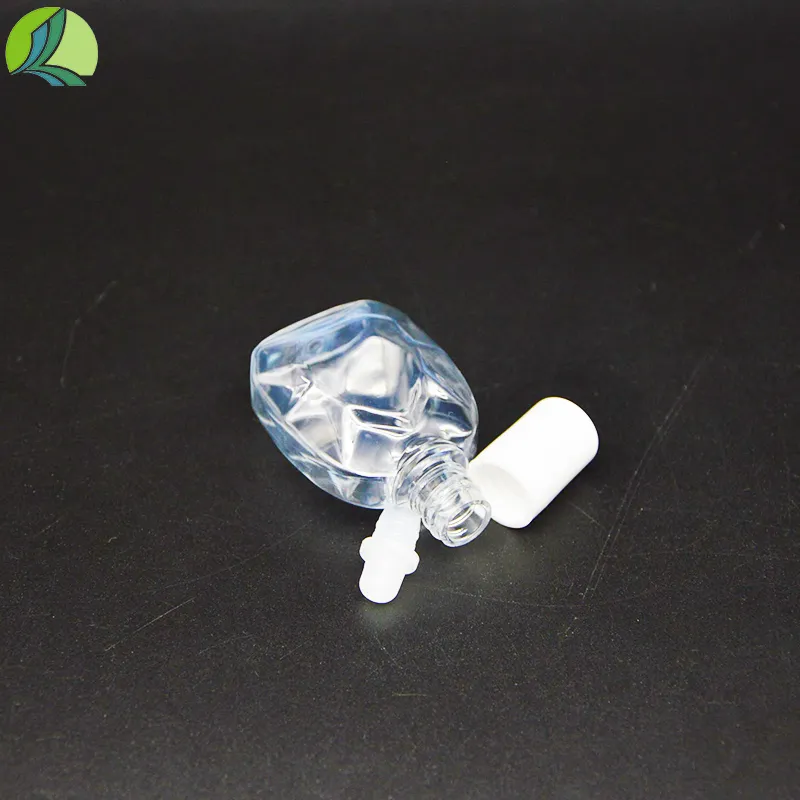High-Quality Plastic Reagent Bottles Available for Purchase at Competitive Prices Online
The Rising Demand for Plastic Reagent Bottles A Comprehensive Overview
In the world of laboratory research and chemical analysis, the significance of quality reagent bottles cannot be overstated. Reagent bottles are essential for storing, preserving, and dispensing various chemicals and solutions. Among the myriad of options available in the market, plastic reagent bottles have gained considerable attention due to their numerous advantages. In this article, we will explore the features of plastic reagent bottles for sale, their benefits, and the factors contributing to the growing demand for these essential laboratory tools.
Why Choose Plastic Reagent Bottles?
Plastic reagent bottles are typically made from high-quality plastics such as polyethylene, polypropylene, or fluorinated materials. Each type of plastic offers unique properties that cater to different laboratory requirements. For instance, polyethylene bottles are known for their lightweight nature and excellent chemical resistance, while polypropylene bottles offer high clarity and are ideal for visualizing contents.
One of the most compelling reasons for the popularity of plastic reagent bottles is their durability. Unlike glass bottles that can shatter easily, plastic bottles are less prone to breakage, making them a safer choice in busy laboratory environments. Furthermore, the lightweight nature of plastic significantly reduces shipping costs and makes handling more convenient for laboratory staff.
Cost-Effectiveness
The cost of laboratory supplies can add up quickly, and budget constraints often drive purchasing decisions. Plastic reagent bottles are generally more affordable than their glass counterparts, providing an economical solution for laboratories looking to manage their budgets without compromising on quality. With a range of sizes available, laboratories can purchase precisely what they need without overspending.
Chemical Compatibility
plastic reagent bottle for sale

When selecting a reagent bottle, chemical compatibility is a crucial factor. Many plastic reagent bottles are designed to resist a wide array of chemicals, making them suitable for various applications, including pharmaceuticals, environmental testing, and academic research. For example, fluorinated plastic bottles can safely store aggressive chemicals that would otherwise degrade standard plastics, ensuring the integrity of the samples and reducing the risks of contamination.
Eco-Friendly Options
As the world becomes increasingly aware of environmental sustainability, manufacturers are also responding by offering eco-friendly plastic reagent bottles. These products are made from recycled materials or bioplastics, which help reduce waste and promote a greener footprint in laboratories. By opting for eco-friendly plastic bottles, labs can contribute to sustainability efforts while still meeting their operational needs.
Market Trends
The demand for plastic reagent bottles is on the rise, driven by advancements in the laboratory sector and increasing research activities across various fields. The pharmaceutical and biotechnology industries are significant contributors to this growth, necessitating safe and efficient storage solutions for chemicals and biological specimens. Moreover, the rise of academic and research institutions worldwide further propels the need for reliable laboratory equipment, including plastic reagent bottles.
With online marketplaces and specialized suppliers offering a wide range of options, it has never been easier for laboratories to find the right plastic reagent bottles for their needs. The convenience of online shopping allows labs to compare products, read customer reviews, and make informed decisions quickly.
Conclusion
In conclusion, the increasing popularity of plastic reagent bottles stems from their durability, cost-effectiveness, and chemical compatibility. As laboratories continue to expand and evolve, the demand for reliable and sustainable storage solutions will undoubtedly grow. Investing in high-quality plastic reagent bottles not only enhances laboratory safety but also supports more efficient and effective research outcomes. As such, they are becoming a staple in laboratories across the globe, paving the way for innovative research and advancements in the field of science.
-
Durable 250ml Blue Plastic Vaccine Vial for Lab & Vet UseNewsAug.16,2025
-
Sterile Virus Sample Tubes: Secure & Reliable Specimen CollectionNewsAug.15,2025
-
White 250ml Plastic Vaccine Vial for Lab & Vet MedicineNewsAug.14,2025
-
Premium Clear Plastic Vaccine Vials for Lab & Vet MedicineNewsAug.13,2025
-
Plastic Clear Vaccine Vials | Lab & Vet Liquid StorageNewsAug.12,2025
-
Secure 250ml Blue Plastic Vaccine Vials for Lab & VetNewsAug.11,2025
























